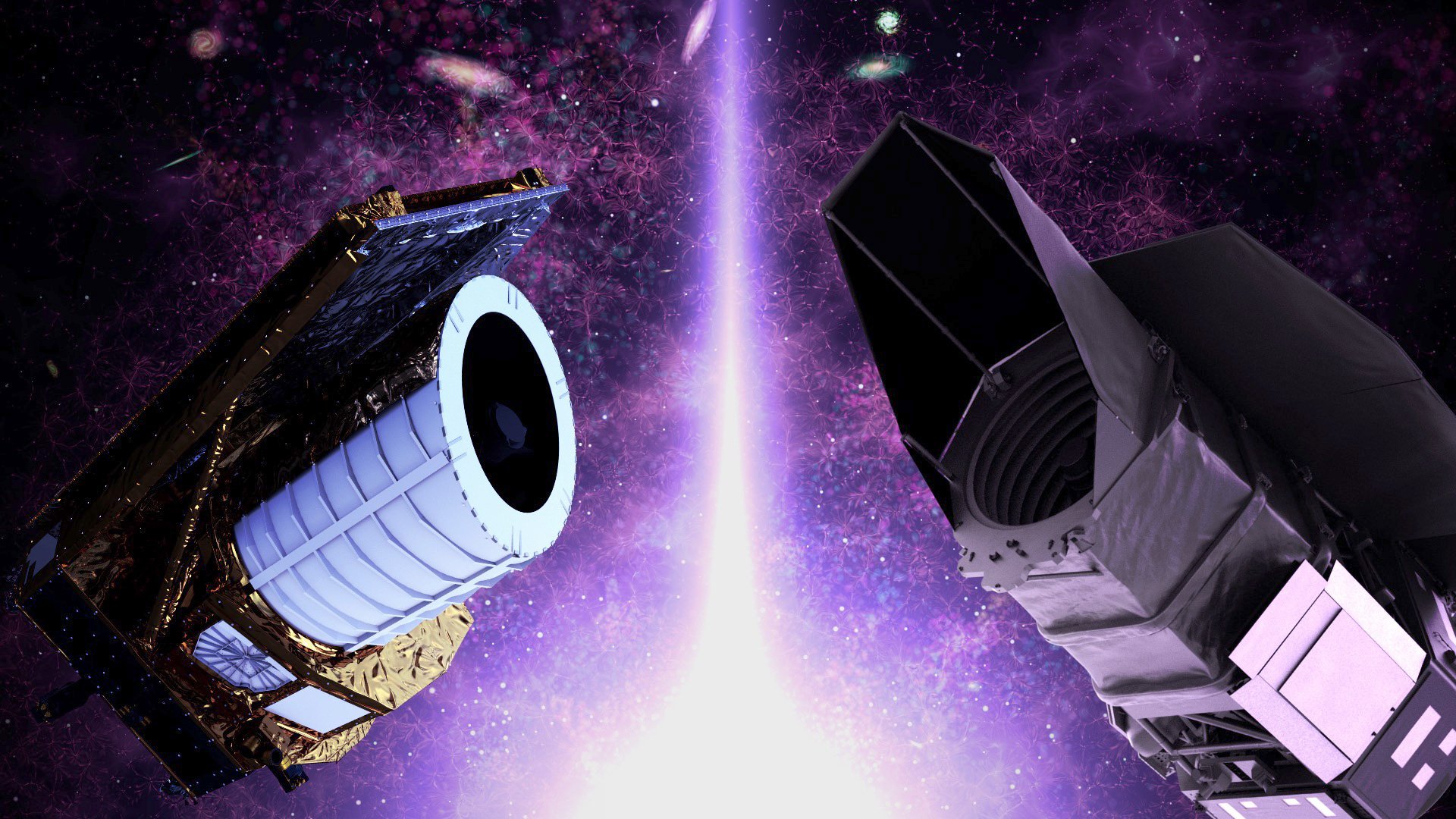This Saturday (1), European Space Agency (ESA) Launches the Euclid Space Telescope SpaceX in space with the Falcon 9 rocket. The launch took place at the Cape Canaveral Space Force Station in the United States, and fortunately the mission was a success.
The Euclidean telescope was shipped in a cargo bay of the Falcon 9 rocket at 12:13 am (1) this Saturday morning. If all goes well during space travel, the observatory will travel about 1.6 million kilometers from Earth to an area known as Lagrange’s Second Point (L2) – the journey will take a month. From there, it will be used to search for data from galaxies 10 billion light-years away from our planet..
After the telescope was launched, the Falcon 9 rocket successfully landed on Octagrabber, a sea landing pad. ESA spent approximately US$1.4 billion (about R$6.71 billion at current exchange rates) to develop Euclid and brought together 3,500 people, 300 institutions and 80 companies in 21 countries.
What is the Euclidean Telescope?
Euclid is a space observatory sent to solve some of the great mysteries of the universe, such as collecting information about dark matter and dark energy. 1.2 meters in diameter, 4.7 meters in height and 3.5 meters in length, The telescope is capable of observing about 2 million data from galaxies located 10 billion light-years from Earth.
telescope equipped with visible light imager (VIS) and near infrared spectrometer (NISP). From collecting data, Euclid will measure information to create a kind of three-dimensional map of the relationships of objects in the universe, and specifically point out where those objects are. This way, scientists will be able to study more about dark matter and dark energy.
While scientists still don’t have a definitive understanding of how dark matter works, the telescope can monitor its distribution by looking for the subtle way in which mass distorts the light emitted by galaxies. According to scientists, the images produced by Euclid would be huge and would require “more than 300 high-definition TVs to display a single image.”
“It will be like getting on a ship before people know the world is in different directions. By mapping the universe we will try to understand where we fit into the universe and how we got here – from that point forward we will try to understand how the entire Universe was formed. Isobel Hook, an astronomer at Lancaster University in England, told the BBC” “From the Big Bang to the beautiful galaxies we see around us, to the Solar System and life,” he told .
Source: Tec Mundo
I’m Blaine Morgan, an experienced journalist and writer with over 8 years of experience in the tech industry. My expertise lies in writing about technology news and trends, covering everything from cutting-edge gadgets to emerging software developments. I’ve written for several leading publications including Gadget Onus where I am an author.












